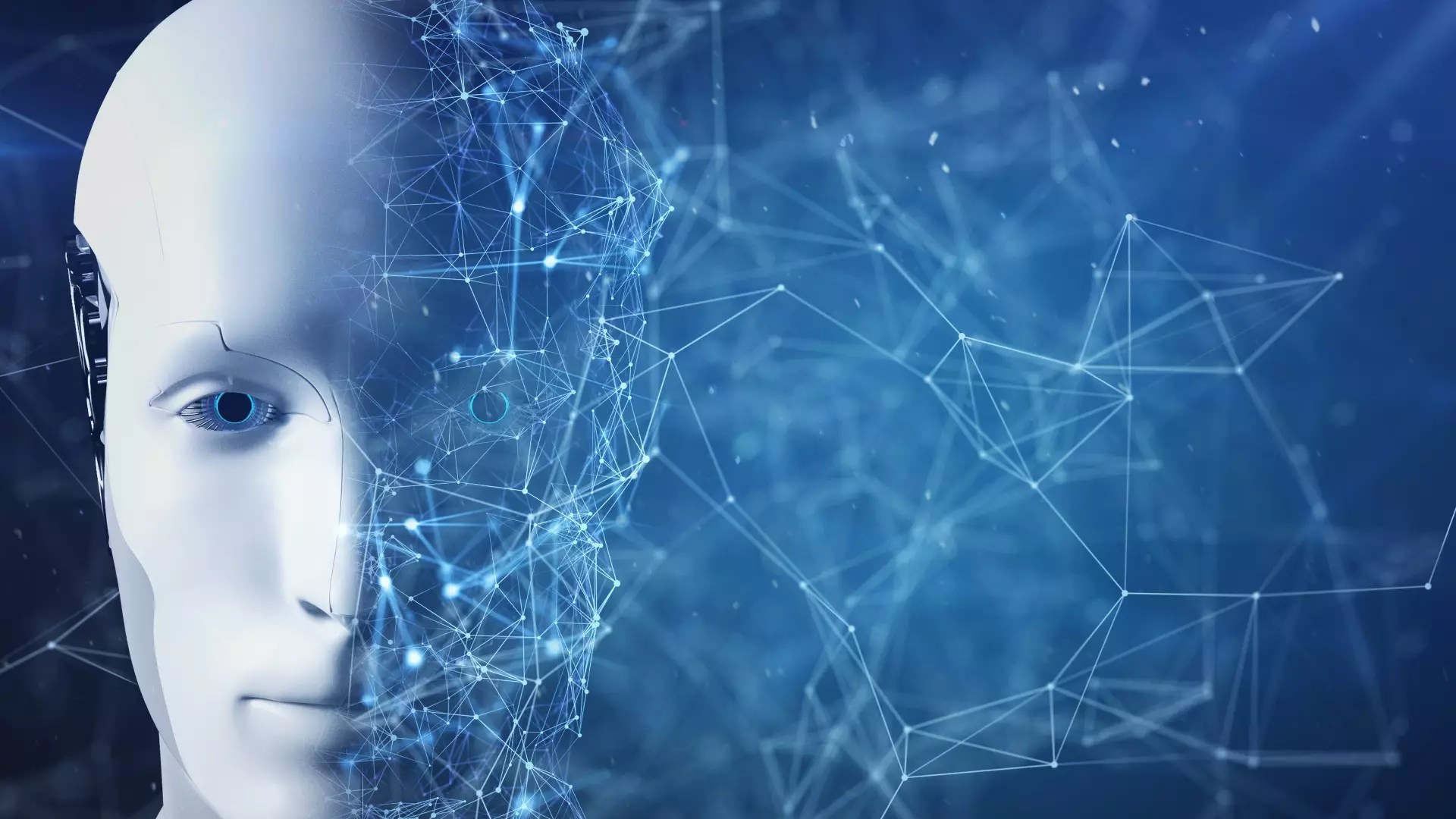Technology has long been recognized as a double-edged sword. It carries the ability to amplify human ingenuity but also the potential to foster misuse or misunderstanding. This duality is particularly pronounced when examining artificial intelligence (AI), which is frequently anthropomorphized as a quasi-sentient being rather than a mere instrument designed for human advancement. When utilized appropriately, particularly in educational contexts, AI has the opportunity to revolutionize learning experiences. Yet, the deeper implications of its integration into school systems are both exciting and daunting.
China’s Bold Initiative
In a significant stride towards educational reform, China is set to introduce AI across its entire educational landscape. Reported by Reuters, this initiative aims to enhance the quality of teaching and textbooks from primary education to higher learning, with the ultimate goal of establishing what they term a “strong-education nation” by 2035. This ambitious framework aims to foster the core skills necessary for modern society, such as critical thinking, problem-solving, communication, and teamwork among students. The Chinese education ministry’s vision is commendable: leveraging AI to equip both teachers and students with essential capabilities necessary for thriving in a fast-evolving world.
AI as a Catalyst for Individualized Learning
The potential of AI in education lies in its capacity to tailor learning experiences to individual student needs. Unlike standardized educational approaches that can fall short of addressing the unique learning paces and styles of each student, AI can analyze vast amounts of data to personalize education effectively. By identifying patterns and preferences, AI can adjust curricula in real-time, allowing students to progress through learning material at a pace that suits them. This level of customization could lead to heightened engagement and improved educational outcomes, as students become empowered contributors to their learning journey rather than passive recipients of information.
A Cautious Approach to Implementation
However, the introduction of AI in education is not without its concerns. The misuse of AI has often been associated with creative tasks or scenarios lacking sufficient oversight, leading to inaccurate or misleading outputs. Many prevalent AI models often generate results that, while confidently stated, can be fundamentally incorrect, leaving users bewildered and misinformed. This tendency for confident inaccuracy emphasizes the necessity for a well-structured implementation strategy. For AI to be beneficial in educational settings, it must be developed with specific educational goals in mind and maintained by educational professionals who can evaluate and adjust its performance continually.
The Need for Ethical Oversight
As we consider the potential benefits of AI, ethical concerns surrounding its application must be addressed. An AI system must be transparent and subject to scrutiny. The prospect of AI being manipulated for strategic advantages by governments or corporations introduces a layer of complexity and hesitation. While the Chinese government aims to integrate AI into its educational structure, skeptics question whether such advancements will truly serve the public interest or align with broader educational equity. Similarly, in the United States, discussions around the ethical deployment of AI in schools remain crucial amid concerns regarding privacy, equity, and the quality of educational content.
Global Perspectives on AI in Education
While China takes decisive steps towards integrating AI into its educational framework, other nations are also exploring similar pathways—albeit often under different narratives. The concept of “A-one” in the U.S. reflects a trend towards embracing AI, albeit hesitantly. There is a growing recognition worldwide of the invaluable role AI can play in education, but it requires that stakeholders—from policymakers to educators—remain vigilant about its implementation. They must grapple with the balance between innovation and ethical responsibility while continuously assessing the impacts on both teachers and learners.
Looking Ahead: A Cautious Optimism
The road ahead for AI in education is not straightforward. There are challenges to surmount, such as ensuring that AI serves as an enhancement, rather than a replacement for human touch in teaching. As we navigate this landscape, it is vital that we remain critical yet optimistic about the role that AI can play in shaping the future of education. The opportunity exists to cultivate a more adaptive and inclusive learning environment, but it hinges upon thoughtful execution and robust oversight.


Leave a Reply